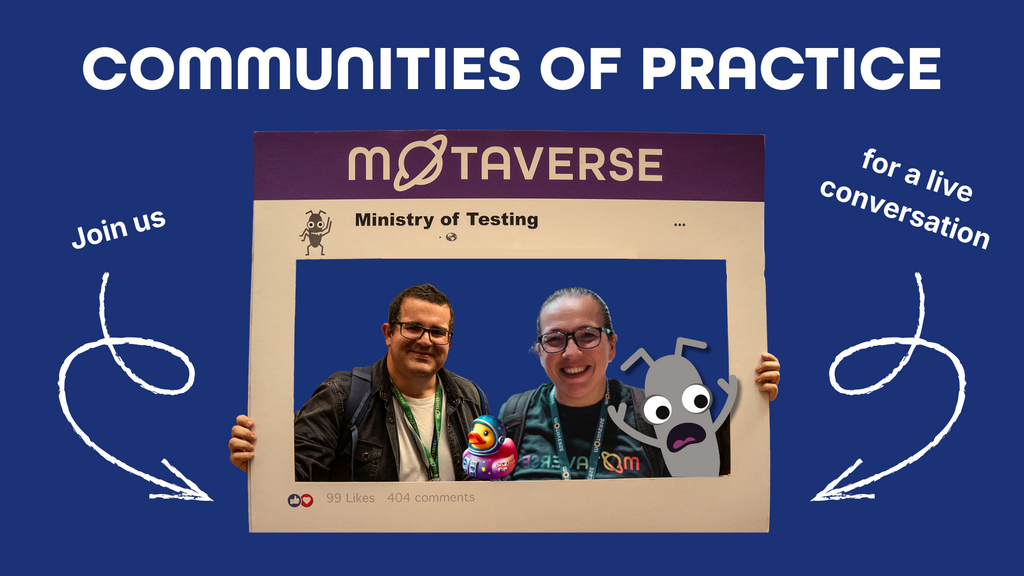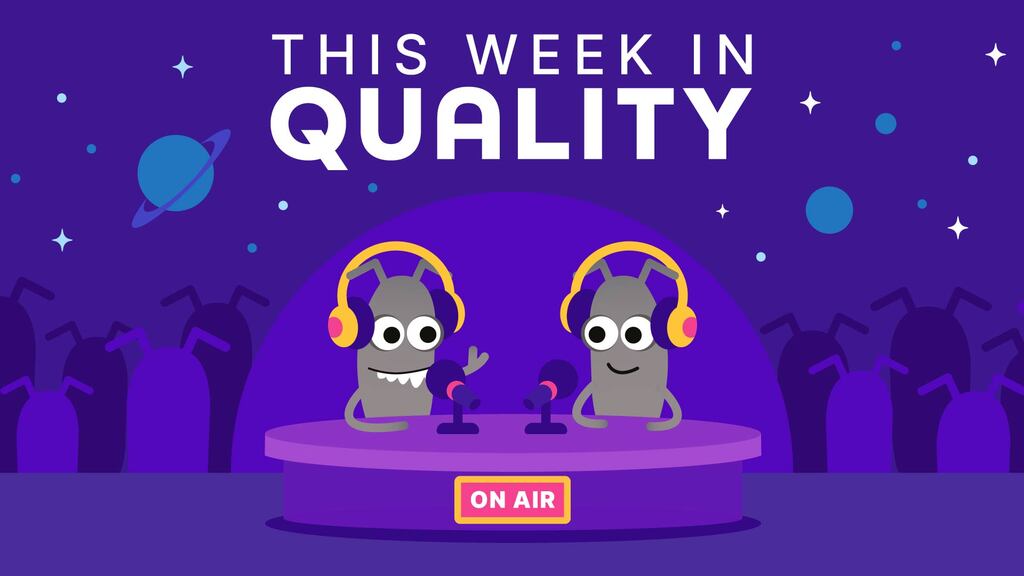
We may call Human-Centric testing (Manual, experience based, heuristics, context dependant)
There’s a recurring conversation in our industry that human involvement in testing might become obsolete due to AI agents taking over. With automation advancing rapidly, some argue that machines can cover everything we need. But that misses the point entirely. Testing is not just about scripts and execution, it’s about people, perception, and experience.
What truly sets human-centric testing apart is the mindset. Humans bring intuition, heuristics, and context-awareness that no algorithm can fully replicate. Machines can follow instructions, mimic user flows, and even predict outcomes, but they cannot experience them. They don’t feel frustration when a button is misplaced, or satisfaction when a journey feels seamless.
Heuristic and holistic approaches to testing remind us that quality is multidimensional. It’s not only about functionality, it’s about usability, accessibility, emotional impact, and trust. These are things only humans can authentically assess. Machines can assist, learn, and evolve from our input, but they cannot replace the nuanced judgment that comes from lived experience.
We are in an era where products succeed or fail based on how they make people feel. That makes human-centric testing more important than ever. It validates not just what works, but what matters.
Technology can help us scale, accelerate, and automate the mechanical aspects of testing. But the heart of quality lies in a collaboration, holistic, human-driven perspective because in the end, we build systems not for machines, but for people.




